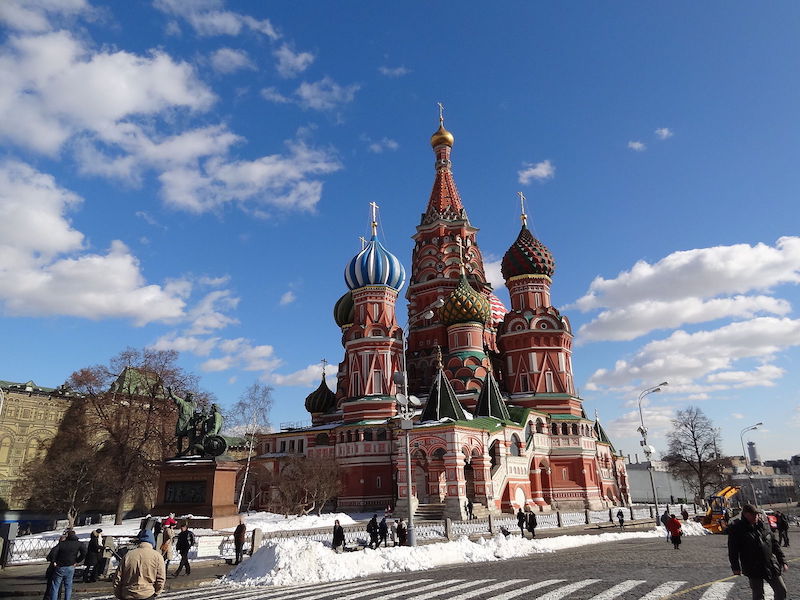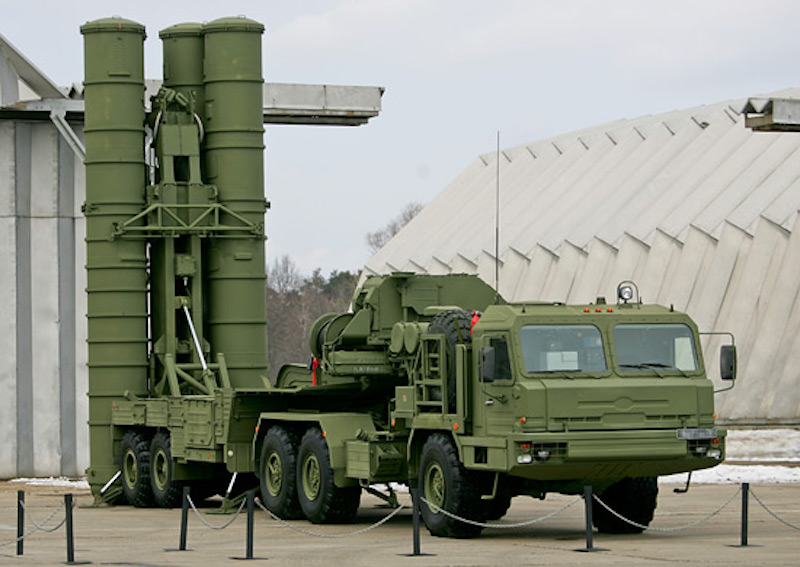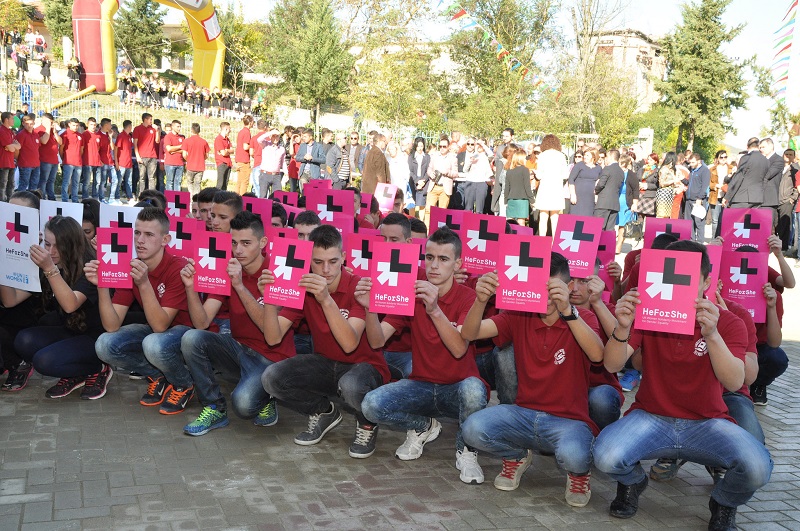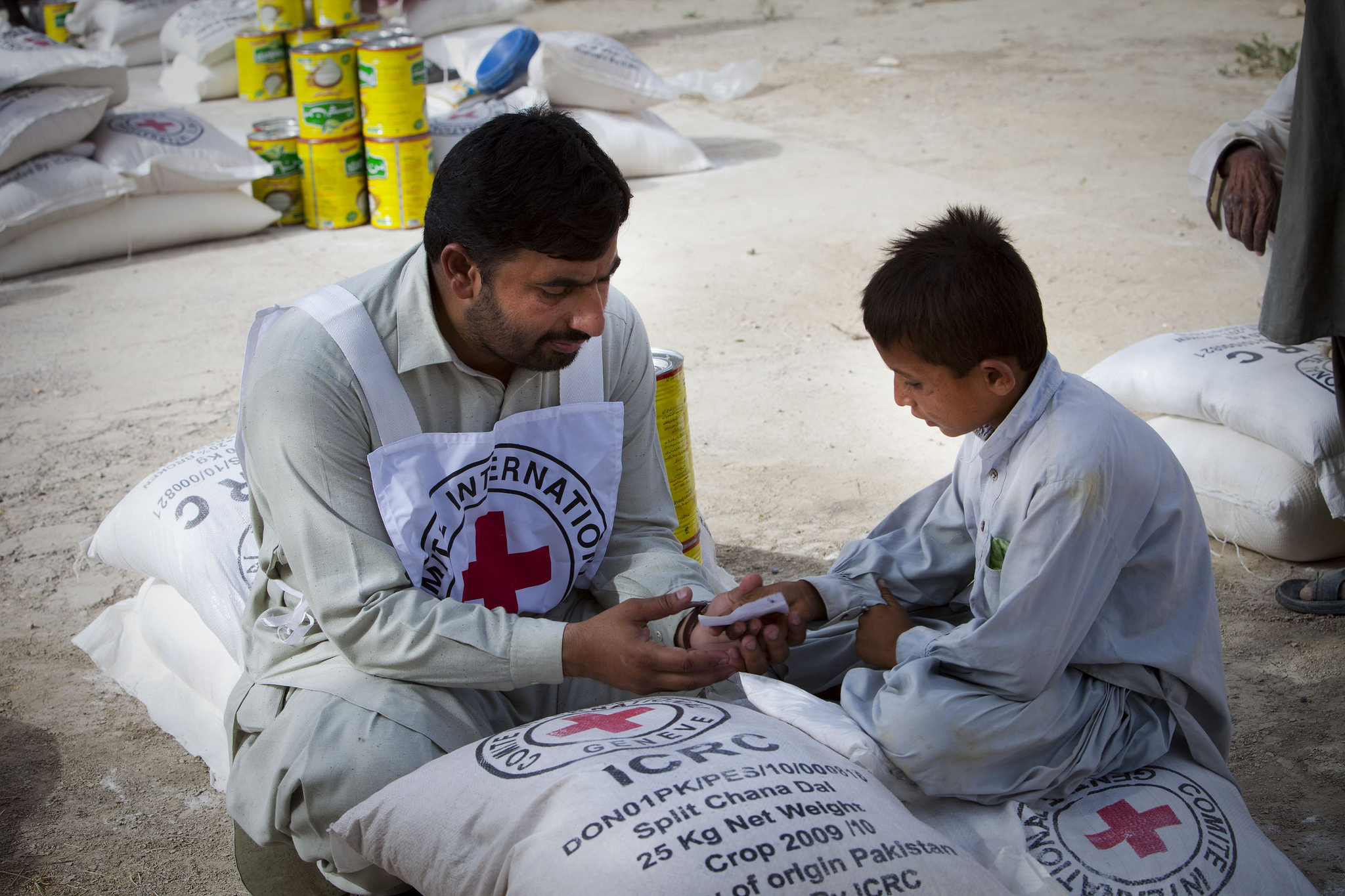As the world’s perception about Russia continues to change, given its constant show of arms, perhaps, it is time to take a step back to gain a better understanding of the continuing shift in its position in the international arena. In a span of two years, the perception went from being seen as an aggressor during the height of the Crimean annexation in 2014 to a negotiator in 2016 for the US-Russia brokered ceasefire in Syria. Such a change is evidence of Russia’s conscious orchestration of its international image. Recently, Russia’s move to put nuclear capable missiles in Kaliningrad caused a stir, especially to NATO allies in Europe. This came amid already mounting tensions between Russia and the US, over Russia’s bombing of Aleppo in support of the Syrian regime. Why does Russia feel the need to portray itself a certain way? And, is it all threat or is it capable of detrimental action?
To understand better, it is worth looking at the historical forces behind Russia, to see its current actions as a calculated approach: a means to an end.
The History
The Russian Federation as it is now known, was born out of the political act of declaring sovereignty by the Russian Soviet Federative Socialist Republic (RSFSR) from the Soviet Union in 1990. While continuing to remain under the umbrella of the Soviet Union, Moscow fell into political turmoil in 1991 via the August Putsch, a coup by the diminishing Soviet government to take power away from its President Mikhail Gorbachev. While the coup was averted, Soviet Union became largely destabilized and ultimately, the dissolution of the Soviet Union followed. As the largest of the 15 republics that made up the Soviet Union, Russia became widely accepted as the successor. RSFSR’s leader Boris Yeltsin took over power as the first President of Russia. Yeltsin announced that Russia would become a market-oriented economy, an extraordinary process given that the Soviet Union was the largest State-controlled economy in the world at that time. The change was referred to as the ‘Shock Therapy’, that entailed a three step process of liberalization, stabilization and privatization. During this economic transformation, it sank into a deep depression that was made worse by the Asian Financial Crisis in 1998.
Meanwhile, Russia’s military power was questioned during the First Chechen war that broke out in the mid-1990s, as the 90s were marked by economic and military disarray for Russia. The population had to become accustomed to the pressure Russia was under, often experiencing lower wages and standards of living. Politically, a successor had to be chosen by Yeltsin. After a couple of misfires with Yevgeny Primakov and Sergei Stepashin, he named Vladimir Putin as his Prime Minister.
Putin quickly proved himself to be a decisive leader in the eyes of Russians during the second Chechen war that came days after he was appointed. He won the Presidential elections in 2000 and formally became the leader of Russia. Putin’s strategy to support independent non-state actors started to materialize during the 2008 Georgian-Russian war, when he signed a decree in support of South Ossetian and Abkhazian separatists. While the politics began to settle under a consistently Putin-led government, the Russian economy continued to struggle, taking one hit after another. Today, the Russian Federation functions as a predominantly statist economy, with wealth concentrated among a select few in the both the private and public sectors.
The Economics
Following the annexation of Crimea in 2014, Russia was met with heavy sanctions from the West that has had a telling effect on its economy. The sanctions also targeted businesses and certain prominent individuals. Since it prevented refinancing of debts, businesses were forced to sell their assets in a stronger currency. Subsequently, the value of the ruble began to drop. Furthermore, Russia’s continued involvement with the rebels in Ukraine added to these effects by discouraging foreign investments and further devaluing the ruble.
In addition, as a resource based economy, with oil export as the biggest contributor to growth, Russia was forced to accept an uncomfortable new normal when the price of oil declined as a result of an OPEC decision to let the price be dictated by the market as opposed to setting it. This was further exacerbated by changes in global demand and supply, with China’s reduced demand due to slowed growth and US’ increased shale oil production. In 2014, the price of oil needed to be at US $100 per barrel for the ruble to maintain its value. However, it fell to US $60 in December 2014, falling to a record low of US $35 at the end of February 2016. Russia began selling oil at operational costs and thereby, became a struggling economy which was soon thrust into negative growth.
The reality of the solution
It is not easy to revive an economy that is so intrinsically dependant on the fluctuations of the global market of a specific commodity as well as being subject to continued sanctions. Venturing into a war in the Middle East would seem quite impractical, especially when the West is calling for more crippling sanctions. However, the military intervention in Syria, and the annexation of Crimea and continuing hostilities in Ukraine have served a different purpose. It feeds the second most important artery of income for Russia: the export of arms. Involving itself in multiple conflicts, especially from a distance, or in a proxy war, benefits Russia in the arms trade since they are the second largest supplier in the world, next only to the US. Also, gaining ground in Crimea would provide strategic access to the Black Sea’s resources and its nearness to the Middle East.
By this balancing act in the Middle East, Russia hopes to fuel its economy as well as build a strong reputation as liberators in the minds of the Russian people back home. These people aren’t strangers to hardship, having been constantly at the receiving end of economic problems since the birth of their nation. In order to retain the faith in their leaders and keep them in a unified Russian identity, they are constantly engaged by the media with news of victories in the Syrian war, especially against those the government deems as terrorists.
Russia has learned that it cannot depend wholly on its oil exports and therefore, venturing into the arms market more aggressively is likely a strategy to bring health to its economy. In Syria, Russia has demonstrated its military might and prowess, almost like a brochure of what it can offer for sale. This is merely the beginning of Russia’s influence in the Middle East, and given the changes in the region after the Iraq war, the Middle East is now a more welcoming option than the West.
This article is the first part of Sha Lalapet’s series on Russia. To learn about the historical and economic workings behind Russia, please read The Dichotomy: Russia’s foray into the Middle East
Photo: St. Basil’s Cathedral on Red Square in Moscow is the personification of beauty and greatness of the Russian state (2012) by Ivanaivanova via Wikimedia. Licensed under CC BY-SA 3.0
Credits: The author thanks Neil Hauer, Ian Litschko, Aaron Korewa, Claudia Nieroda and Charlie Provost for sharing their insightful thoughts that helped in the making of this article.
Disclaimer: Any views or opinions expressed in articles are solely those of the authors and do not necessarily represent the views of the NATO Association of Canada.




